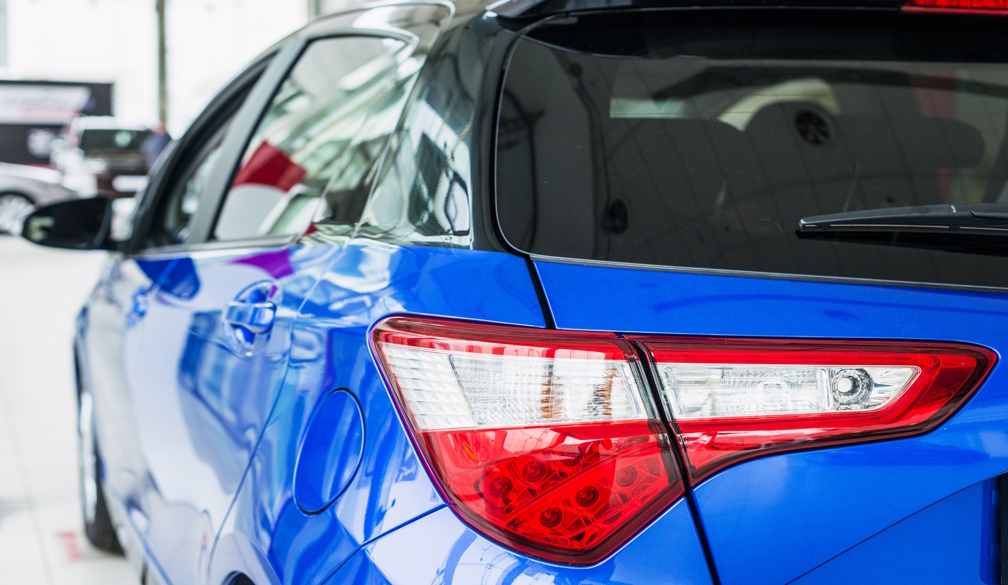Pre-Wrap Prep for a Car Wrap: The “Boring” Step That Makes or Breaks the Job

Most clients focus on colors, finishes, and the big reveal. The quiet work before the first panel goes down decides the result. Every hour in prep protects edges, keeps seams flat, and stretches the life of the film. If you want durable results from car wraps Charlotte NC, start with a rock-solid foundation.
Why prep matters more than flash
Vinyl has limits. It bonds well to clean, smooth paint. It fails on residue, wax, or loose clear coat. Prep turns a daily driver into a wrap-ready canvas. The payoff shows up in tight corners, fuel-door recesses, mirrors, and bumpers. Good prep keeps dirt out of squeegee tracks and keeps edges tight through summers and storms.
Start with a true clean
A proper wash is step one. Use a pH-neutral soap, soft mitt, and a two-bucket method. Rinse wheel wells and lower rockers, since these zones launch grit into the air. Follow with a wax and sealant remover. A clean panel needs zero gloss boosters or fillers. Any shine from a product like that acts like a barrier between vinyl and paint.
Remove hidden contamination
Tar, sap, rail dust, and road film hide on healthy paint. A citrus tar remover breaks down traffic film on bumpers and rockers. An iron remover dissolves embedded ferrous specks that feel like sand under a towel. A clay bar or synthetic clay mitt finishes the job and gives the panel a glassy glide that vinyl loves. Use fresh towels for each stage so grime from one step never moves to the next.
Fix small flaws before film
Vinyl does not hide chips, high spots, or failing clear coat. Touch up obvious chips that sit in sight lines. Level light overspray with a very fine polishing step on a dual-action polisher and a finishing pad. Skip heavy correction near edges; thin clear coat invites future failure. If rust appears near an edge, stop and address it first. Film over rust lifts, no matter how careful the installer.
Strip the hardware the smart way
Badges, license plates, antenna bases, washer nozzles, and trim clips often interrupt long panels. Fast removal saves time during the install and gives cleaner seams. Photograph the part layout, label screws in small bags, and keep trim tools on a cart next to the vehicle. Tape along any sharp edges or new paint lines to guard against nicks while panels come off. A little discipline here prevents headaches later.
Control the room, not just the car
Great installs happen in stable, clean rooms. Target a moderate temperature and low dust. Close doors before film unrolls. Flip on bright, even lighting so edges and specks stand out. Park fans away from the vehicle so they move air without kicking grit across panels. If you shop for a car wrap near me, ask the team about temperature control, filtration, and lighting. Their answers reveal standards as clearly as any portfolio.
Use the right wipe-down chemistry
A final wipe makes or breaks the bond. Reach for isopropyl alcohol at an appropriate dilution and fresh, lint-free microfiber towels. Fold each towel into quarters and rotate to a clean face as you go. Replace towels often and use separate stacks for lower, dirty panels and upper, cleaner ones. Pay attention to edges, door jambs, and recessed areas. Those spots trap compound dust and old dressing. Any residue left behind weakens adhesion right where a wrap needs the most help.
Plan the job on paper first
Good prep also means a plan. Map panel breaks, logo placement, and seam locations before cutting a single piece. Measure complex curves and deep recesses. Decide panel order so each section overlaps in the right direction for wind and water. Pre-trim knifeless tape where seams land. With a plan on the wall, the team moves with purpose and keeps film off the floor and away from hazards.
Protect edges before the first pull
Edges fail first. That truth shapes every prep habit. Degrease the first inch around every panel gap. Warm those zones to a stable, moderate temperature. Dry them with compressed air and a tack cloth. Prime tricky recesses that live on bumpers or mirrors with a product intended for that task. Primer sits only where it adds grip, not across the whole panel. The goal is a clean, consistent surface that gives the adhesive a fair fight against heat cycles and road spray.
How prep shapes price and timeline
Clients often ask about Charlotte car wraps cost. Prep sits near the top of the list of labor drivers. A garage-kept coupe with healthy paint moves through decontamination fast. A work van with oxidized panels, tar, and heavy road film takes longer. The extra hours may not show up in a glamour shot, yet they decide how the wrap looks after a year in the sun. When you compare quotes, ask what the prep checklist includes, who performs it, and how the shop signs off on it.
Care after installation starts with prep
The first wash after delivery feels less stressful when the surface started clean. Proper decontamination reduces trapped grit under the film, so wash swirls stay out of view. Tight, clean edges from careful prep also resist lift at pressure washers and automatic car-wash curtains. Good prep today hands you easier maintenance tomorrow.
Ready to wrap with confidence
If you want a standout finish from Custom car wraps Charlotte NC, make prep the priority. Ask the shop for its step-by-step list. Ask to see towels, chemicals, and trim tools. Ask about the person in charge of the process. You will hear confidence from teams that live by checklists and clean bays.
Still browsing options or planning a style change? Tap into examples and materials from the best car wraps. If your search keeps pulling up installers for car wraps near Charlotte NC, bring your questions and your schedule. A short visit and a walk around the shop reveal more than a week of scrolling. With strong prep, your film bonds right, edges stay tight, and the final reveal lands exactly as you pictured.

